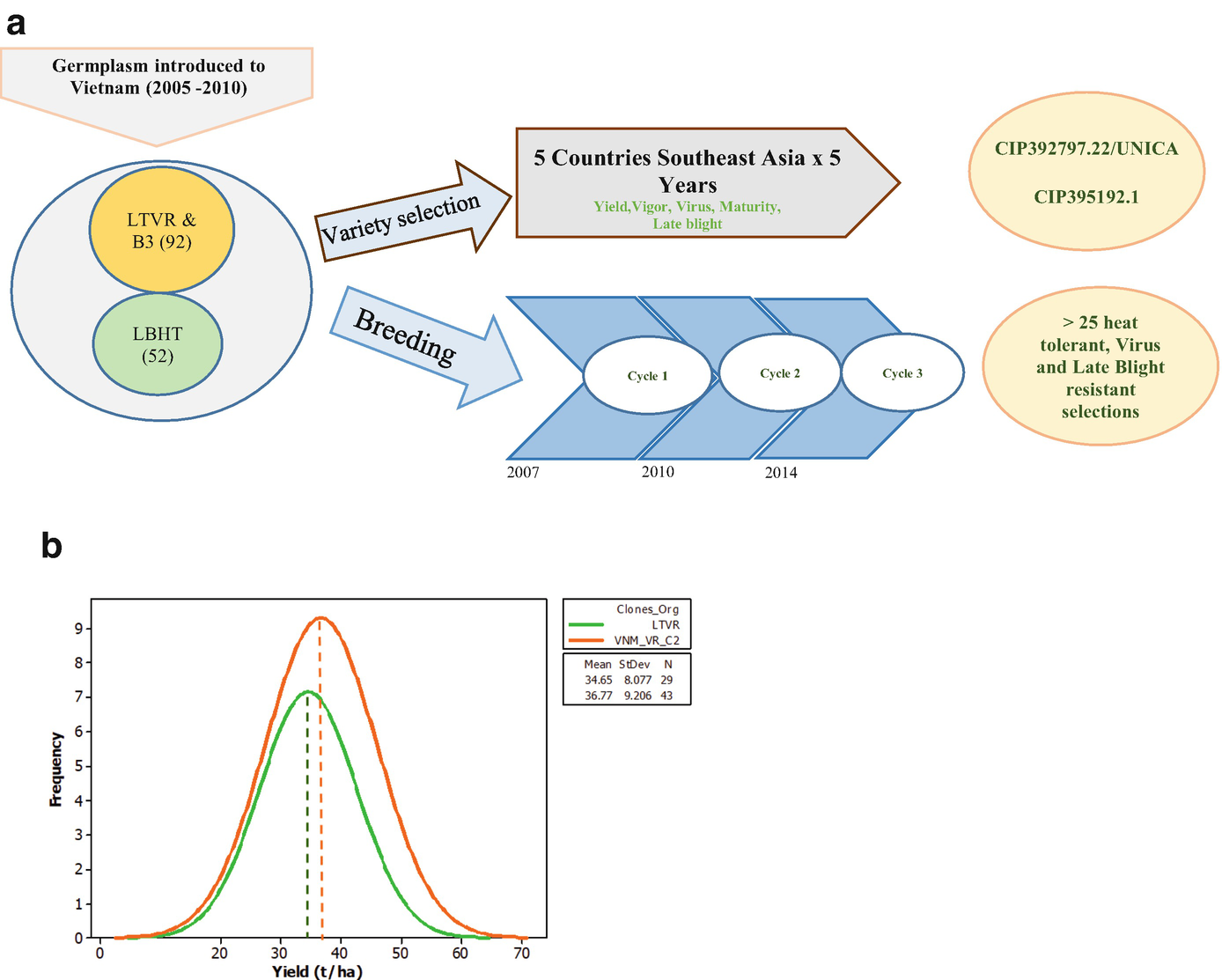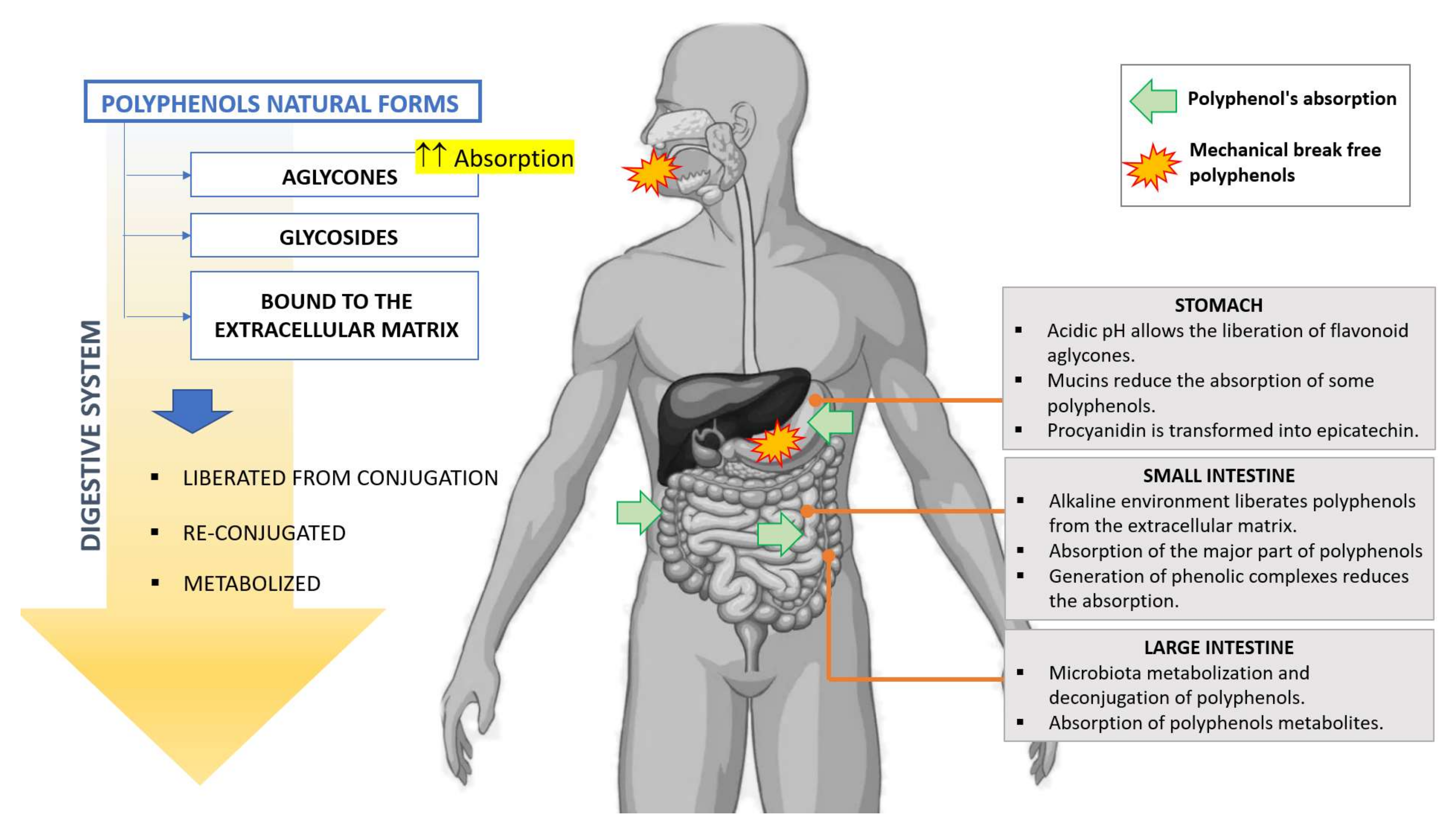

Captive breeding and egg-laying has been observed for some Strombus conch species. gigas and other Strombus species would alleviate the need to collect egg masses front the wild and may possibly extend the 6-month breeding season to year-round (Davis et al. Mean ovary and oviduct weights and paired testes weights increased (P < 0.05) from March to April suggesting that concurrent declines in fat reserves were related to increased reproductive activity. Establishing a captive breeding program for S. Fat levels of grouse were greater (P 0.05) among years however, fat levels of females tended to be greatest in 1982 when acorns were the primary food used. Metabolizable energy estimates for grouse diets ranged from 50-64% and 2.30-2.68 kcal/g of dry matter, and dietary protein ranged from 14.6-17.4%.

Leaves of herbaceous plants and buds of deciduous plants were the primary forages of 41 grouse collected in spring 19. Acorns (Quercus spp.) made up 60% of the crop contents of 22 grouse collected in 1982, the spring following a year of high acorn production. Grouse were frozen until later laboratory analysis. Breeding Season Alpha 4.6 Share Collapse Notice: Many browsers are beginning to disable or hide the Adobe Flash plugin, in preparation for its end-of-life in December 2020. In the southeastern United States, information on grouse food habits. Food habits, diet quality, carcass fat, and reproductive condition of 63 Ruffed Grouse (Bonasa umbellus) collected in southwestern Virginia during March and April 1982-1984 were determined. Grouse nutritional ecology during the breeding season is poorly documented.


 0 kommentar(er)
0 kommentar(er)
